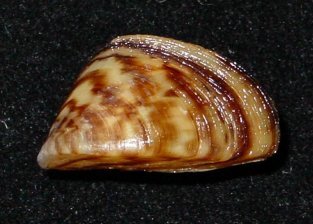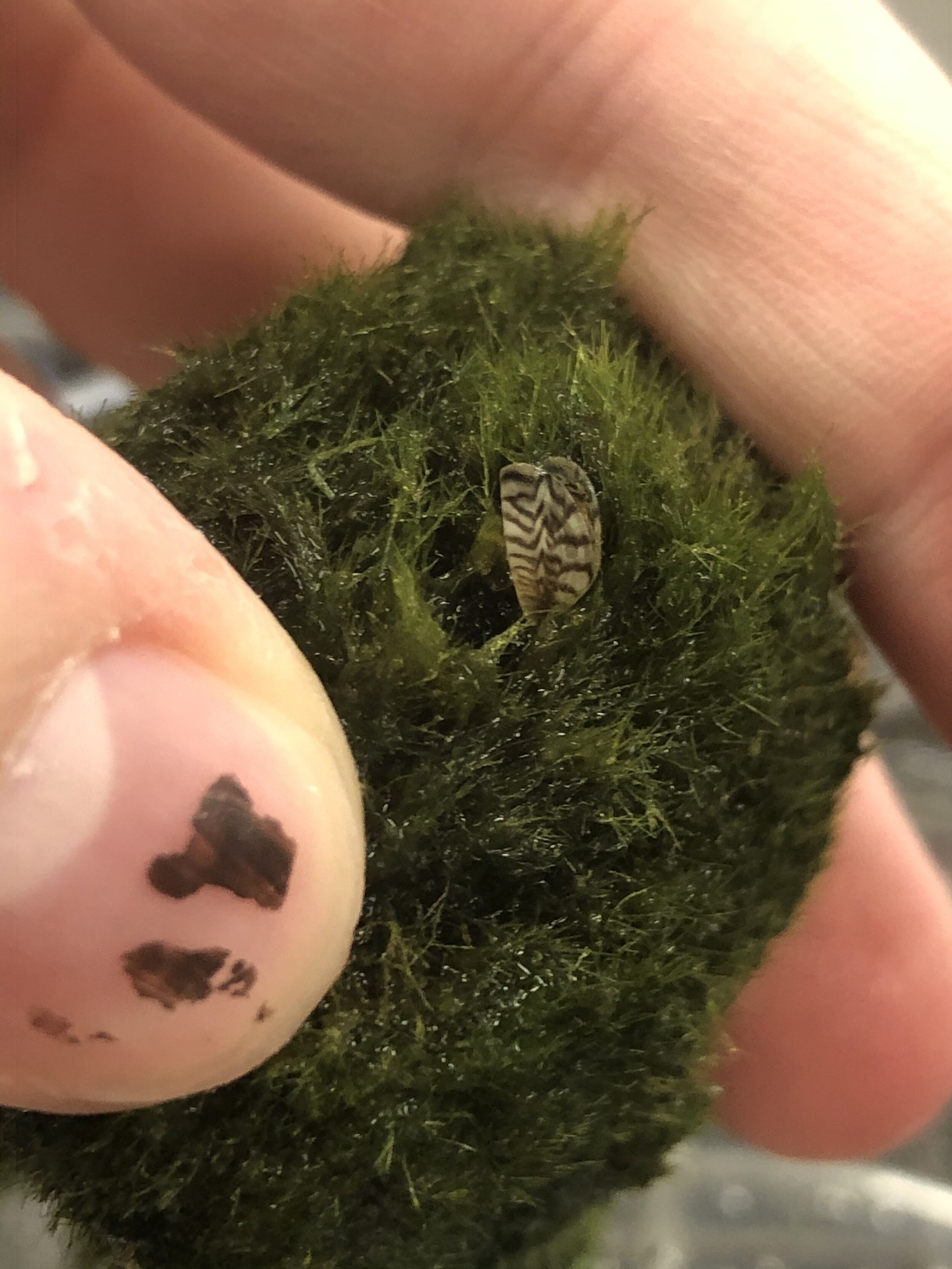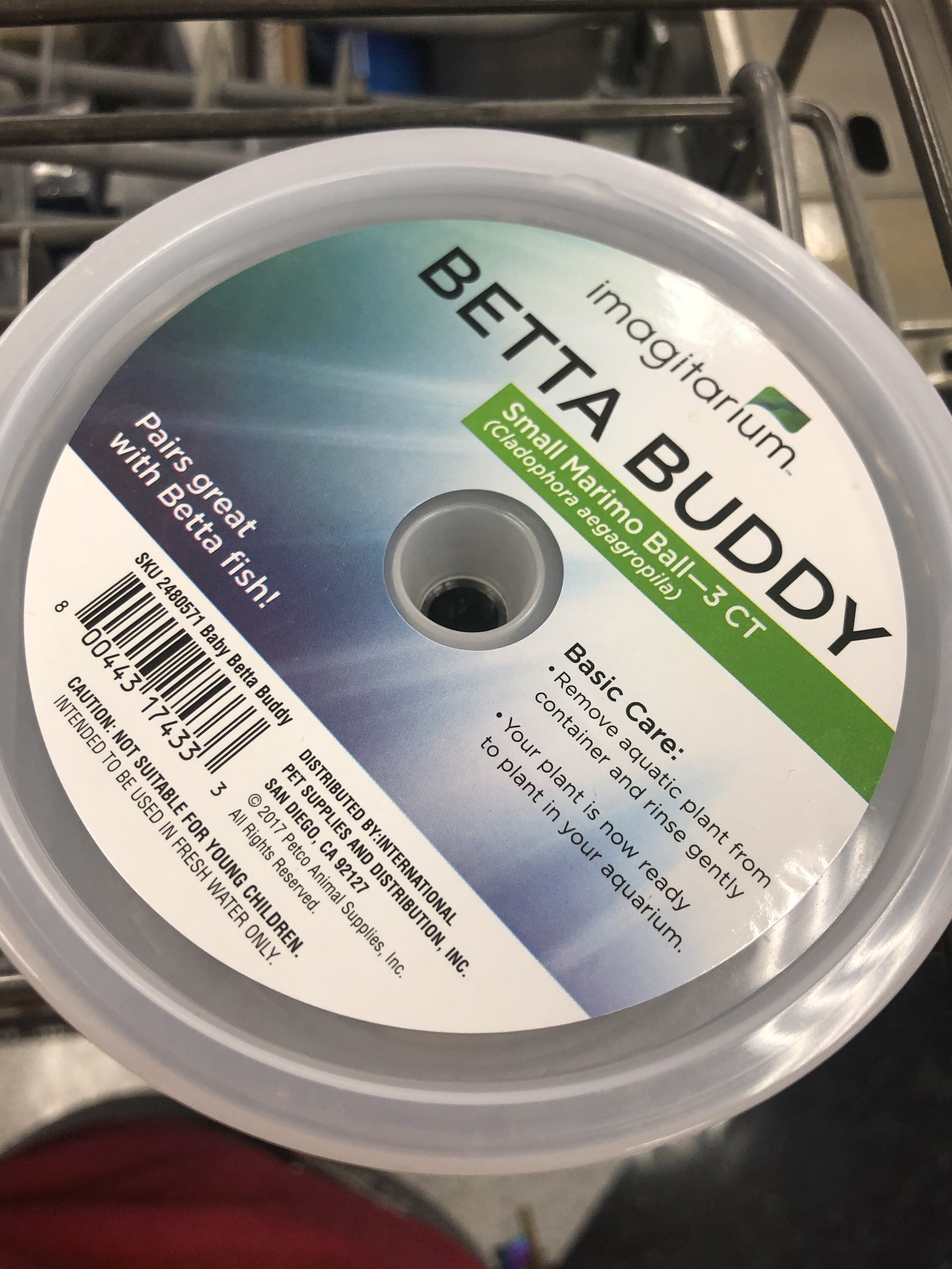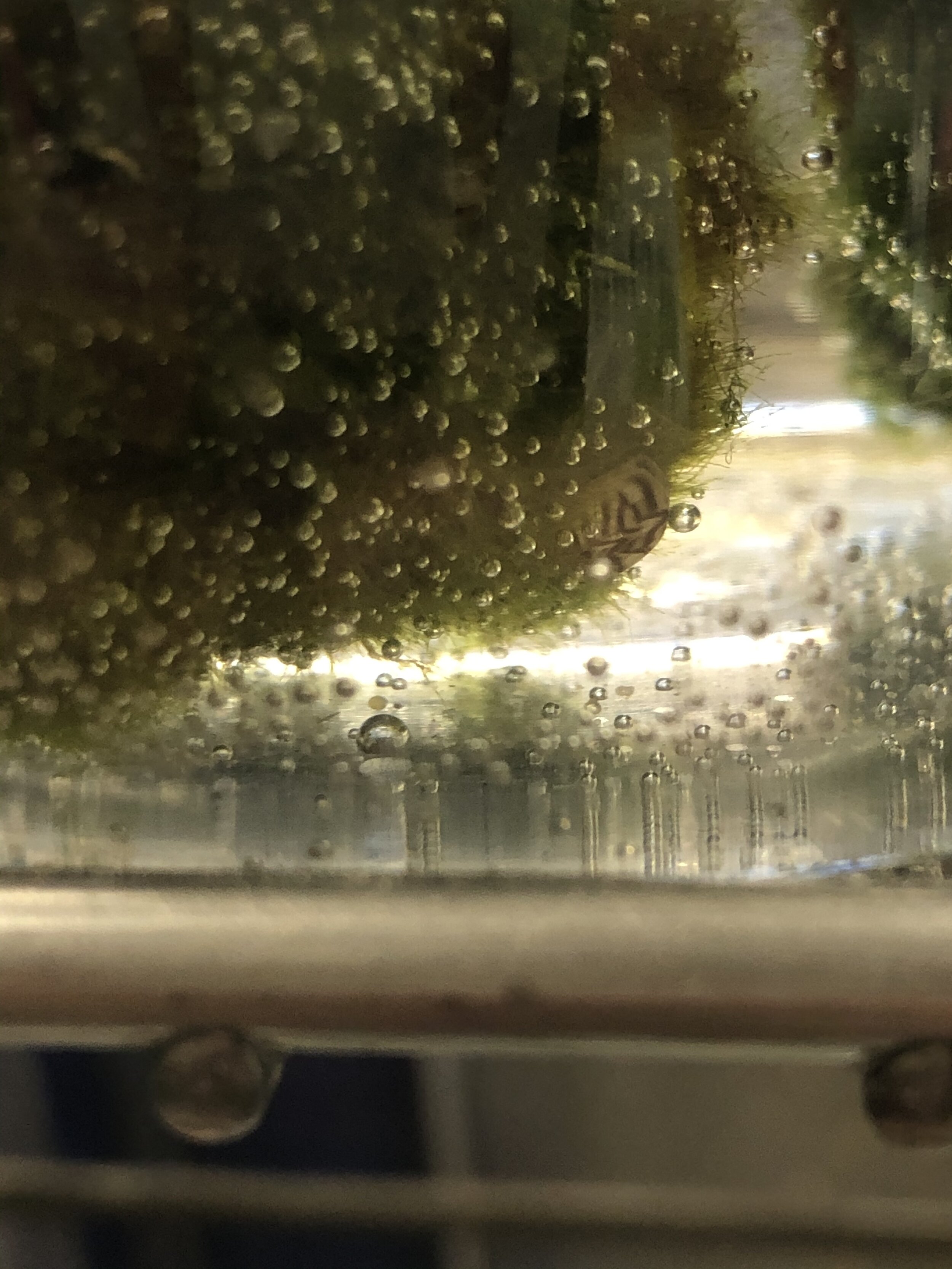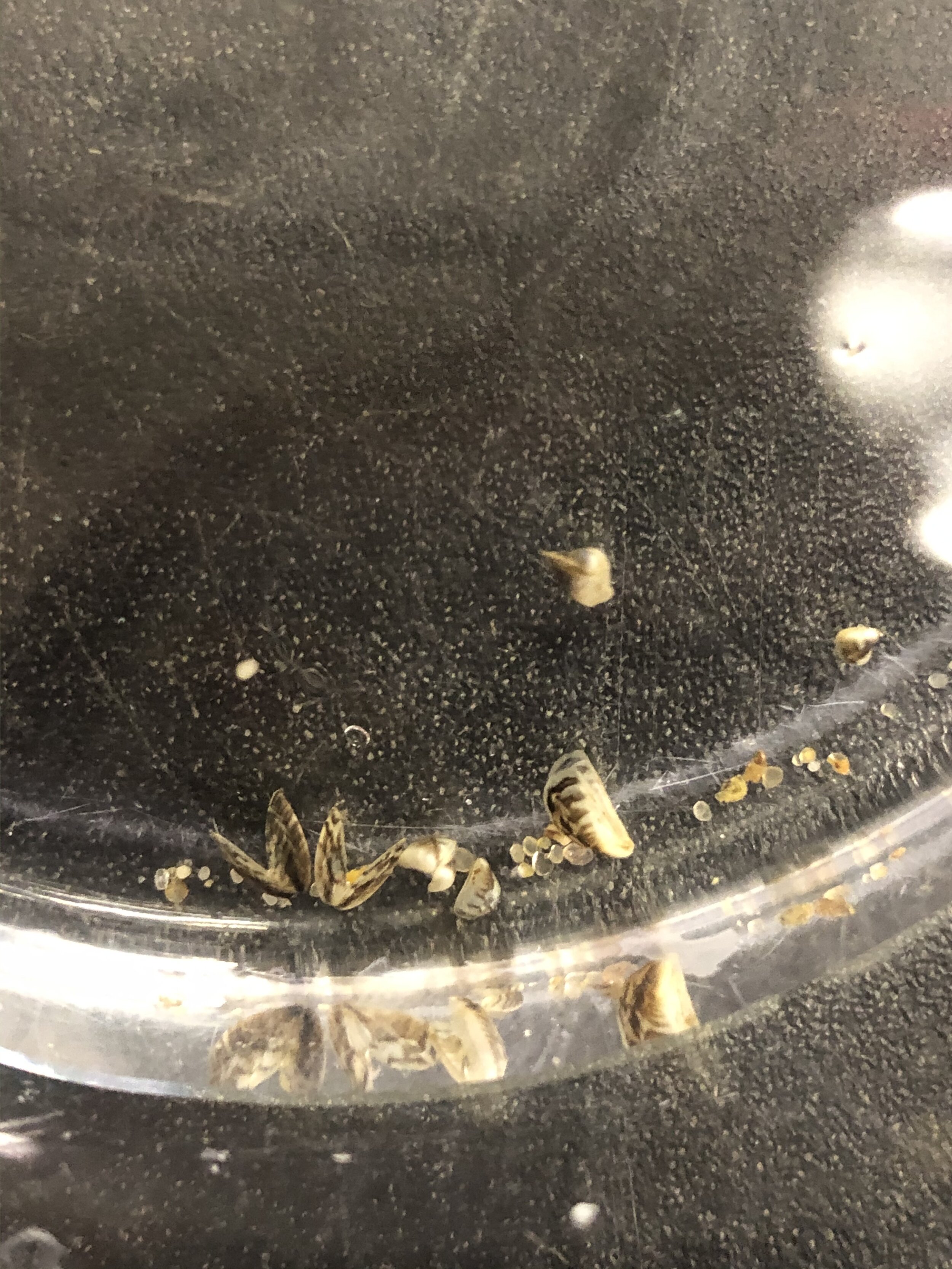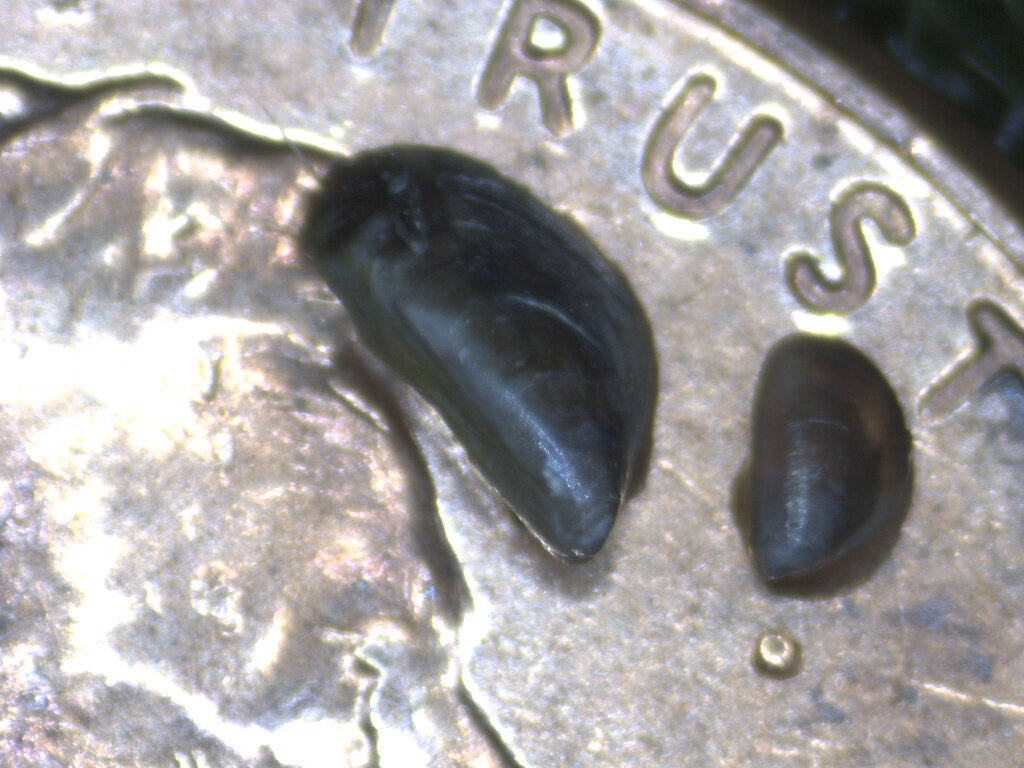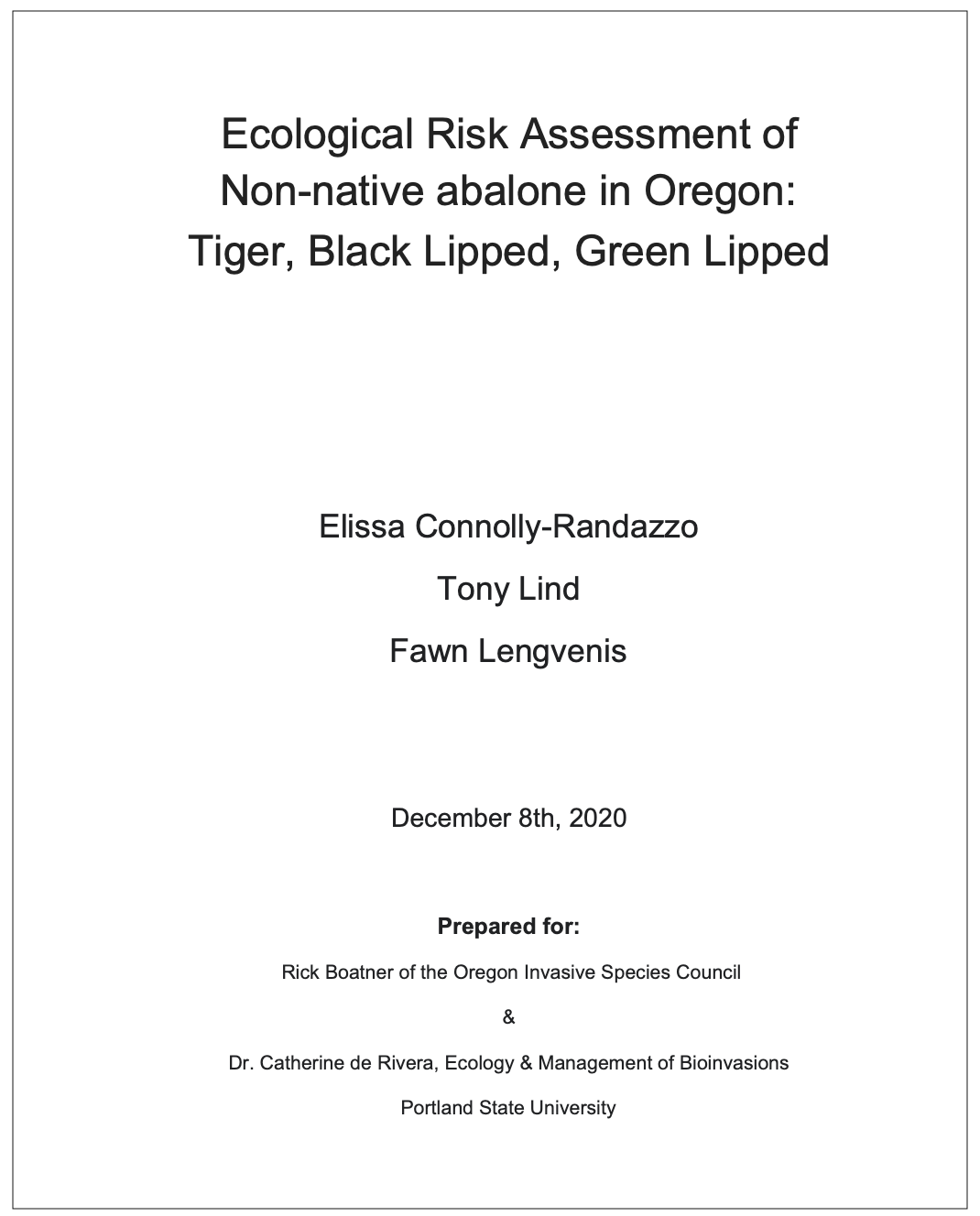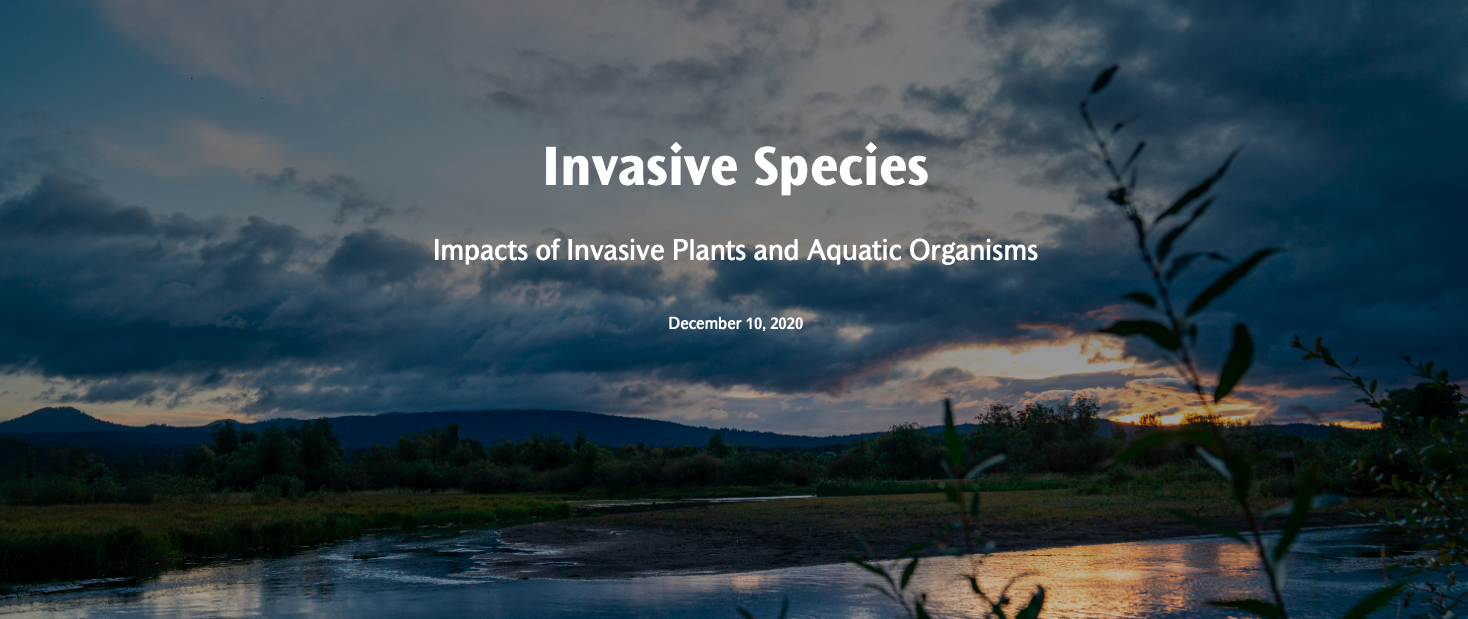Emergency Control Account Project: Invasive Marine Tunicate Response
/Year: 2014
Amount: $13,000
Invasive Species Emergency:
In 2010, colonies of Didemnum vexillum, an invasive tunicate, were discovered for the first time in Oregon at two locations: the Umpqua Triangle (Siuslaw estuary) and the Charleston Marina (Coos Bay). Later in 2012 and 2013, new colonies of D. vexillum were discovered on stationary pier pilings in the Charleston Marina and on subtidal surfaces of large jetty boulders along the north jetty of the Umpqua Triangle (Siuslaw River mouth). These new discoveries were alarming because they indicated that the D. vexillum populations had gained sufficient propagule pressure to successfully recruit locally to adjacent habitats, and because they made the jump onto stationary objects (i.e., pier pilings and jetty boulders) that cannot be readily removed as a potential control measure. As a result, the OISC received an emergency funding request for $13,000 from the Oregon State Marine Board in June 2014 to implement an action plan addressing the spread of D.vexillum to stationary pier pilings, floating docks, and jetty boulders in Oregon estuaries.
D. vexillum colony on monitoring substrate in Charleston Marina – July 2013
Species Information:
Didemnum vexillum is a colonial tunicate that is native to the northwest Pacific region of Asia. This invasive species has become widespread in temperate coastal habitats around the world over the past 40 years.
Why this is Important:
Colonies of Didemnum vexillum can out-compete native epibenthic organisms, such as mussels, scallops, and other sessile species and readily overgrow artificial substrata including pilings, boat hulls, floating docks, cables, mooring lines, cultivated shellfish, and aquaculture gear. Expansion of tunicate colonies may result in moderate economic impacts to shellfish mariculture operations and increase costs to combat fouling in marinas and on the hulls of recreational boats and commercial vessels.
Project Outcome:
During 2014 and 2015 the implementation of the action plan resulted in the small colonies that were present at the Charleston Marina being removed by divers that collected the specimens by hand. These collected specimens were then disposed of and long-term monitoring plates were deployed by the adjacent Institute of Marine Biology for monitoring annually by students. As of 2020, no new colonies had been reported but the COVID-19 pandemic created complications on gathering new data. Diving within the Umpqua Triangle for monitoring of that location has been sporadic as funding for that activity has not been available. It was determined back in 2016 that the overall population was staying static and not significantly increasing so it was decided to just monitor the status over time.



